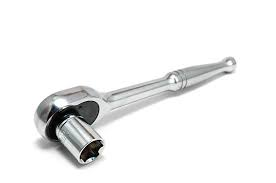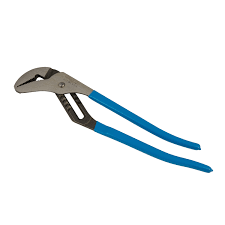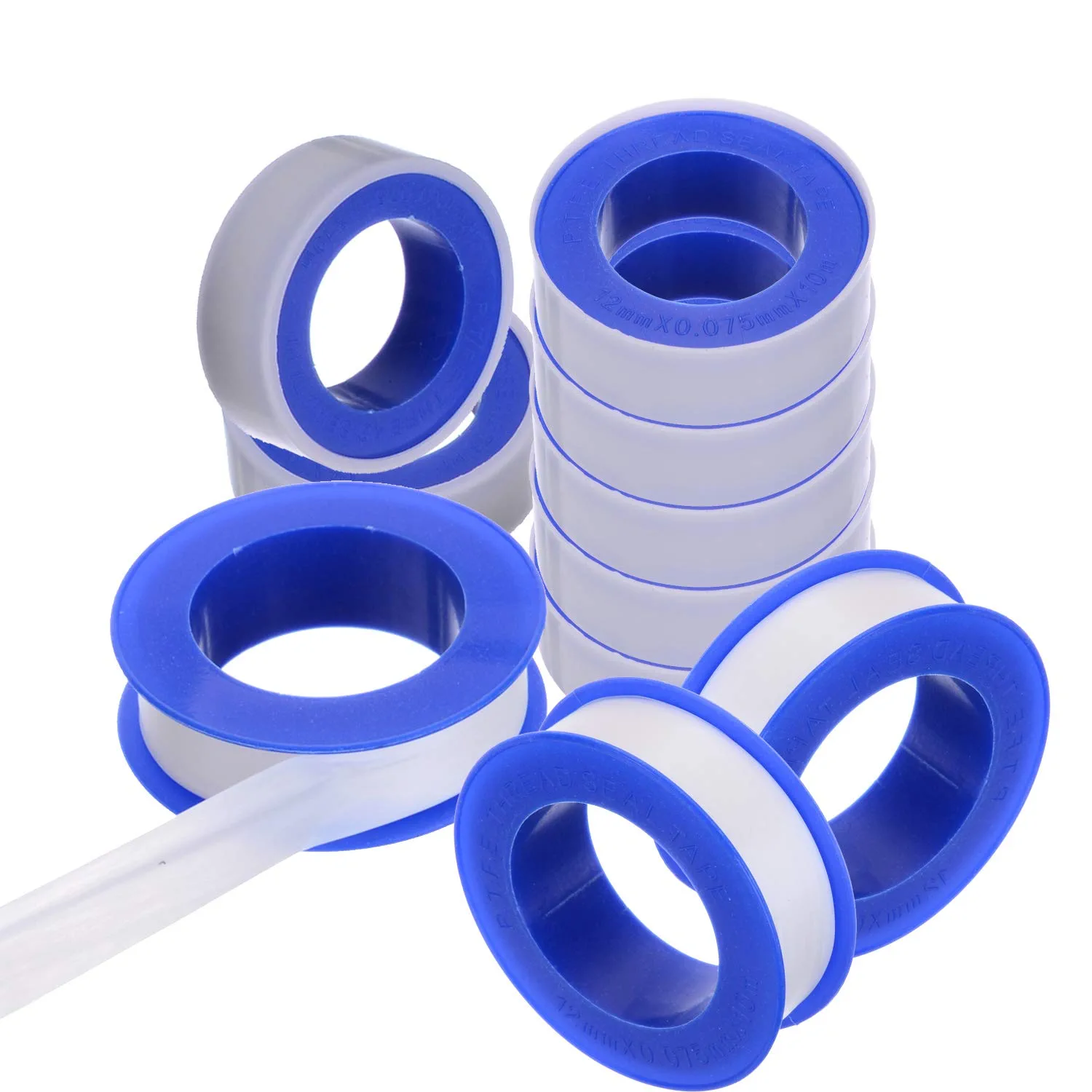You’ve probably noticed water leaking from your bathtub faucet handle, and you can tell that the faucet is due for a change, but you need help figuring out where to start.
In this article, we’ll explain the steps to take when replacing your bathtub faucet and offer helpful tips for maintaining it, so it doesn’t need replacement so often.
Tools For Replacing Bathtub Faucets
When replacing a bathtub faucet, having the appropriate tools on hand is important to make the task easier. The tools necessary for replacing a bathtub faucet include:
Schedule Service Online
Get a free estimate so you know what you're signing up for
"*" indicates required fields
For Emergency Services Call: 410-255-9300
An Adjustable Wrench

This versatile tool is great for turning nuts and bolts of various sizes. It is a must-have item when replacing a bathtub faucet.
Socket Wrench

This wrench helps loosen and tighten nuts and access hard-to-reach spots behind bathroom fixtures.
Channel Locks

This type of wrench works great for gripping, squeezing, and turning nuts and bolts. It is also useful for gripping pipes to prevent them from turning while you work on the faucet.
Philips or Flathead Screwdriver

These screwdrivers are important for removing the screws holding the faucet. An Allen key or hex driver may be necessary if the screws are too small or difficult to reach.
Plumber’s Tape

Using a plumber’s tape when replacing your bathtub faucet helps create a better seal between pipes and prevents water leaks. It should be wrapped around threaded fittings twice before installing plumbing fixtures.
Pliers

Pliers can help loosen and tighten nuts and bolts and grip pipes to prevent them from turning while you work on the faucet.
Oil Filter Wrench

This specialized tool helps with loosening and tightening oil filters. It is typically used for automotive applications but can also loosen and tighten nuts around bathroom fixtures.
O-Ring Kit

An O-ring kit is useful for replacing the rubber seals around plumbing fixtures. This helps create a better seal between pipes and prevents water from leaking.

Buying Tools for a Replacement Bathtub Faucet
Most tools necessary for replacing a bathtub faucet can be purchased at your local hardware store or home improvement store, such as Lowe’s or Home Depot. Additionally, shower diverters and mounting screws may need to be purchased separately based on the type of shower head you are installing.
If these items cannot be found in-store, they can usually be ordered online from various retailers, with next-day shipping available in some cases. With all the necessary tools on hand, you will have everything you need to start replacing your bathtub faucet.
Buying A Replacement Bathtub Faucet
Before buying a new bathtub faucet, it is important to measure the existing one and ensure that the measurements match what is available in stores or online. Additionally, you should consider the different types of finishes available to ensure that your new faucet matches any existing fixtures in your bathroom. Finally, if the installation requires any specialized tools, such as a compression fitting for plastic tubing, purchase these items separately and have them on hand before beginning the installation process.
How To Measure a Bathtub Faucet
Before purchasing a replacement bathtub faucet, you will want to measure the existing one to know what to look for when shopping. Generally speaking, the following measurements are important:
1. The distance between the two screw holes on the faucet
2. The length of the spout
3. The diameter of the sinkholes (if applicable)
4. The height and width of any handles present
5. The size of any diverter or shower head attachments (if applicable)
By taking these measurements, you can ensure that your new faucet fits your existing tub perfectly. Additionally, this will allow you to compare different models and find the best one for your needs.
Instructions for Bathtub Faucet Replacement
Follow these steps to ensure that you replace your bathtub faucet successfully:
Preparing The Area
Pre-replacement prep is necessary to ensure a successful outcome.
How to:
1. Shut off the main water supply to your home or the individual shutoff valves leading to the bathtub faucet.
2. Open hot and cold water lines on the tub faucet to release any remaining pressure in the pipes safely.
3. Cover the drain with a cloth or stopper so small parts do not go down the drain when disassembling the old faucet.
4. Remove all cover plates from around the existing faucet before unscrewing it from the wall/tub deck surface using an adjustable wrench or pliers as necessary.
Removing The Old Faucet
How to:
1. Once all cover plates have been removed, use an Allen wrench to loosen the mounting screw and remove all pieces of the existing bathtub faucet and any shower diverter connected to it.
2. Unscrew the faucet’s stem by turning it counterclockwise and lifting it out of the wall/tub decking.
3. Loosen the hex nut on the main water supply pipes with an adjustable wrench and screw counterclockwise to remove it from the existing faucet assembly.
Installing A New Bathtub Faucet
How to:
1. Unscrew the pipe’s threading with an adjustable wrench and carefully wrap the plumber’s thread tape around the threads clockwise.
2. Place the new faucet in the desired location, ensuring it is centered with any pipes from the existing plumbing system.
3. Secure the pipe stem by screwing it clockwise until tight.
4. Attach water supply lines to the pipe stem and screw them clockwise until firmly connected.
5. Install the handle, shower head, and diverter attachment if necessary.
6. Turn on the water supply to test the new spout for leaks or loose connections.
7. Ensure all pipe fittings are tightened securely before using the tub faucet. You should also take care not to over-tighten the fittings.
8. Replace any cover plates that were previously removed.
With these steps, you can successfully replace a bathtub faucet in your home with minimal effort and time. Follow directions closely for best results, and keep all necessary tools handy during installation.
Tips For Maintaining Your Bathtub Faucet
Use the following tips to ensure that your bathtub head lasts longer and you spend less on replacement.
1. Clean and oil the oil-rubbed bronze or brushed nickel finish with oil every few months to prevent oxidation and corrosion.
2. Keep a socket wrench inside your toolbox for easy access when tightening loose connections.
3. Inspect the faucet annually for any signs of corrosion, leaking, or wear-and-tear that could compromise its functionality and require replacement sooner than expected.
4. Avoid using abrasive and chemical cleaners on the surface of your faucet, as they can cause damage over time due to their corrosive nature.
5. Use the plumber’s putty sparingly along all joints to ensure a watertight seal between two components when screwed tightly together during installation or repairs.
6. Consider replacing all of the faucet’s supply lines with a flexible hose or tubing to prevent them from breaking when you need to move or replace the faucet in the future.
7. If necessary, check for any loose connections and tighten them up using channel locks, adjustable wrenches, or an oil filter wrench.
8. Always turn off the water source before attempting repairs or maintenance on your bathtub faucet to avoid accidents or water damage.
These steps will ensure that your oil-rubbed bronze or brushed nickel bathtub faucet remains in top condition for years.
How Much Does A Bathtub Faucet Replacement Cost
Replacing a bathtub faucet can vary in cost depending on several factors, such as the type of faucet and brand you plan to install. The cost can be relatively low, starting from $50 for basic models, and can go up to several hundred dollars for higher-end brands. The price difference between the various models can be due to several factors, including the quality of the material used, features, and design.
In addition to the faucet cost, labor costs may be involved if you decide to hire a professional plumber or contractor to install the new faucet. This will depend on the complexity of the installation, the condition of your existing plumbing, and the hourly rate charged by the professional.
On average, you can expect to pay somewhere between $50 and $500 for a bathtub faucet replacement, including the new faucet and labor charges for installation.
Conclusion
Replacing a bathtub faucet is not difficult and can be done with minimal tools. It is important to follow the steps outlined above to ensure that your new faucet installation lasts for years to come. Additionally, it’s best to consult with a professional plumber or contractor if you need clarification on any steps or want to ensure a proper installation.
MD Sewer And Plumbing Can Meet All Of Your Plumbing Needs

MD Sewer and Plumbing is here to help with your plumbing needs. From bathtub faucet replacements to clogged drains, our team of certified professionals can help you get the job done right. We also offer other plumbing services, which include:
- Plumbing fittings remodeling
- Pipeline video inspection
- Drain inspection and cleaning
- Sump pump plumbing
- Water heater installation and maintenance
We are available 24/7 and offer same-day and emergency services, so you don’t have to wait for any repairs or maintenance. Contact us today to get started.




